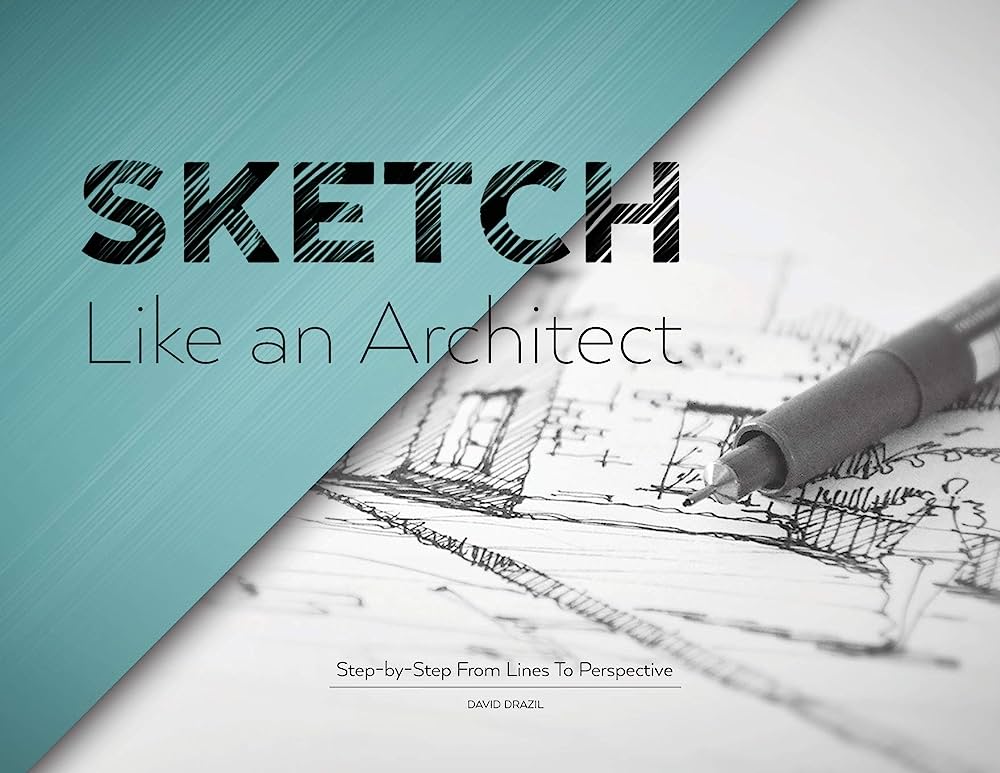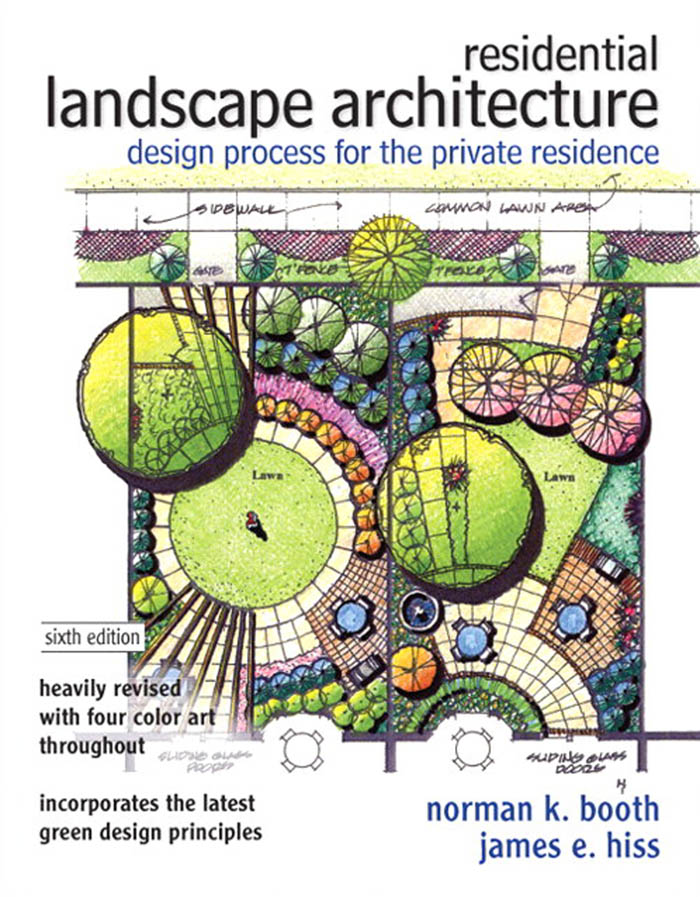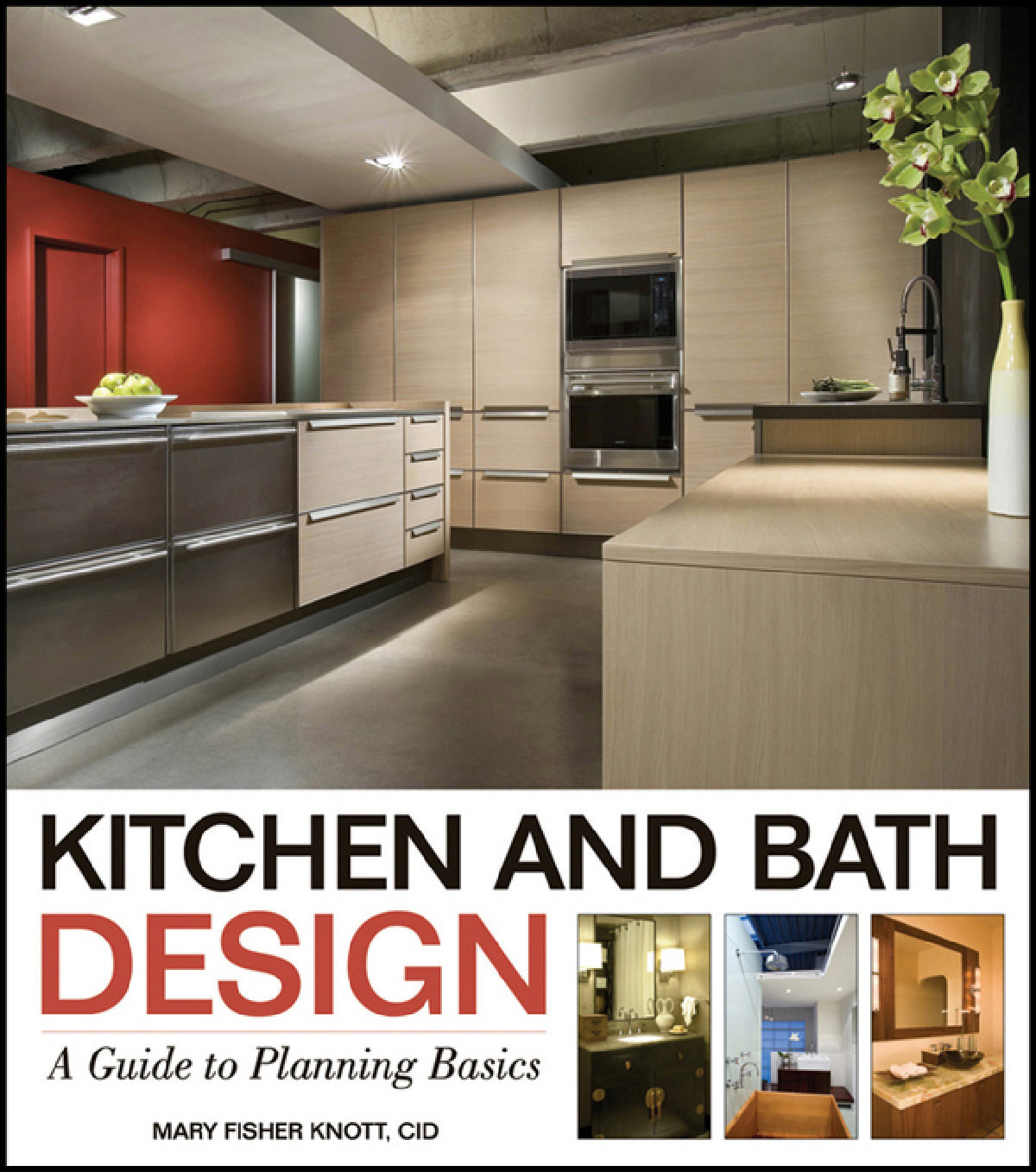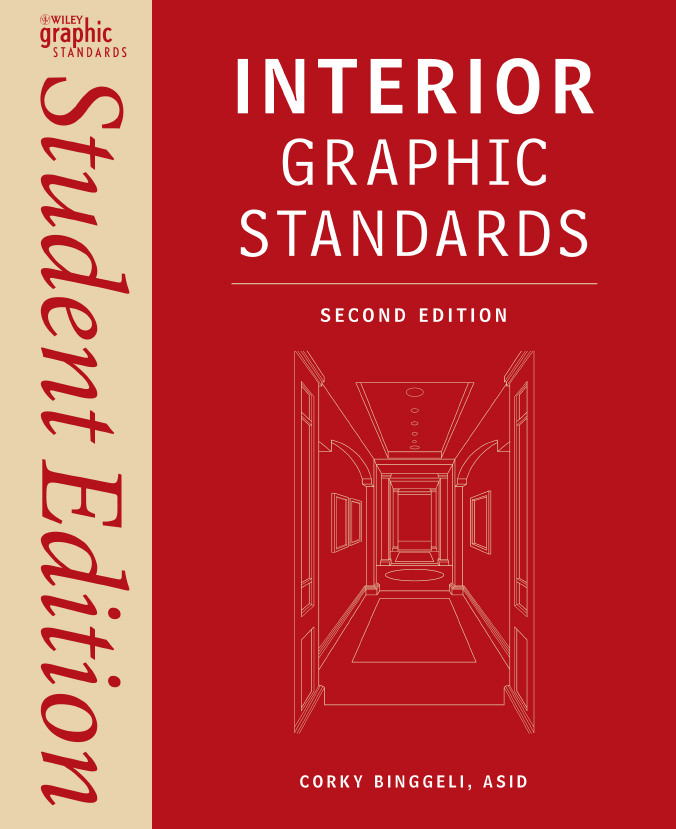The Metric Handbook is the major handbook of planning and design data for architects and architecture students.
Metric Handbook, Fourth Edition
5,00 $
Fully updated in reference to the latest construction standards and new building types . Sustainable design fully integrated into each chapter . Over 100,000 copies sold to successive generations of architects and designers – this book truly belongs on every design office desk and drawing board.
ABSTRACT
- Significantly updated in reference to the latest construction standards and new building types
- Sustainable design integrated into chapters throughout
- Over half of the entire book has now been updated since 2015
- Over 100,000 copies sold to successive generations of architects and designers
- This book belongs in every design office.
The Metric Handbook is the major handbook of planning and design data for architects and architecture students. Covering basic design data for all the major building types it is the ideal starting point for any project. For each building type, the book gives the basic design requirements and all the principal dimensional data, and succinct guidance on how to use the information and what regulations the designer needs to be aware of.
As well as buildings the Metric Handbook deals with broader aspects of design such as materials, acoustics and lighting, and general design data on human dimensions and space requirements. The Metric Handbook really is the unique reference for solving everyday planning problems.
About the Author:
David Littlefield is a senior lecturer at the University of the West of England, where he teaches in the department of planning and architecture. For many years he worked as a writer and journalist. David has written, co-written or edited over ten books on architecture.
TABLE OF CONTENTS
|
Chapter 1|13 pages
|
Design information and dimensional coordination |
|
Chapter 2|14 pages
|
People and space |
|
Chapter 3|12 pages
|
People and movement |
|
Chapter 4|11 pages
|
Access and inclusion |
|
Chapter 5|8 pages
|
Capital and whole life costs of buildings |
|
Chapter 6|23 pages
|
Structure |
|
Chapter 7|35 pages
|
Materials |
|
Chapter 8|37 pages
|
Thermal environment |
|
Chapter 9|12 pages
|
Light |
|
Chapter 10|17 pages
|
Sound |
|
Chapter 11|35 pages
|
Fire Safety |
|
Chapter 12|13 pages
|
Flood-aware design |
|
Chapter 13|5 pages
|
Crime prevention design |
|
Chapter 14|21 pages
|
Agricultural buildings |
|
Chapter 15|39 pages
|
Auditoria |
|
Chapter 16|15 pages
|
Civic buildings |
|
Chapter 17|4 pages
|
Community centres |
|
Chapter 18|15 pages
|
Emergency services |
|
Chapter 19|32 pages
|
Hospitals |
|
Chapter 20|18 pages
|
Hotels |
|
Chapter 21|28 pages
|
Houses and flats |
|
Chapter 22|11 pages
|
Housing for older people |
|
Chapter 23|14 pages
|
Housing for students and young people |
|
Chapter 24|8 pages
|
Industrial facilities |
|
Chapter 25|12 pages
|
Industrial storage buildings |
|
Chapter 26|29 pages
|
Laboratories |
|
Chapter 27|17 pages
|
Libraries |
|
Chapter 28|19 pages
|
Masterplanning and landscaping |
|
Chapter 29|9 pages
|
Museums, art galleries and temporary exhibition spaces |
|
Chapter 30|16 pages
|
Offices |
|
Chapter 31|10 pages
|
Payment and counselling offices |
|
Chapter 32|24 pages
|
Places of worship |
|
Chapter 33|19 pages
|
Primary Health Care |
|
Chapter 34|28 pages
|
Restaurants and foodservice facilities |
|
Chapter 35|15 pages
|
Retail shops and stores |
|
Chapter 36|15 pages
|
Schools |
|
Chapter 37|13 pages
|
Security and counter-terrorism |
|
Chapter 38|50 pages
|
Sports facilities: indoor and outdoor |
|
Chapter 39|25 pages
|
Streets and spaces for people and vehicles |
|
Chapter 40|4 pages
|
Studios for sound and vision |
|
Chapter 41|28 pages
|
Transport terminals and interchanges |
|
Chapter 42|24 pages
|
Tropical design |
|
Chapter 43|17 pages
|
Universities |






